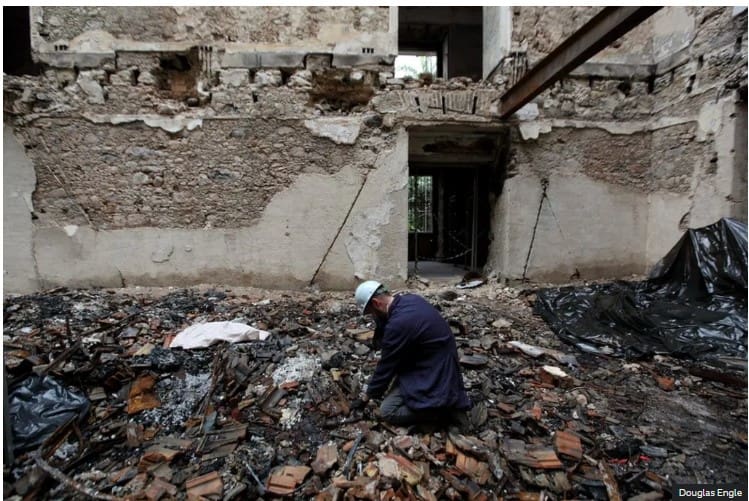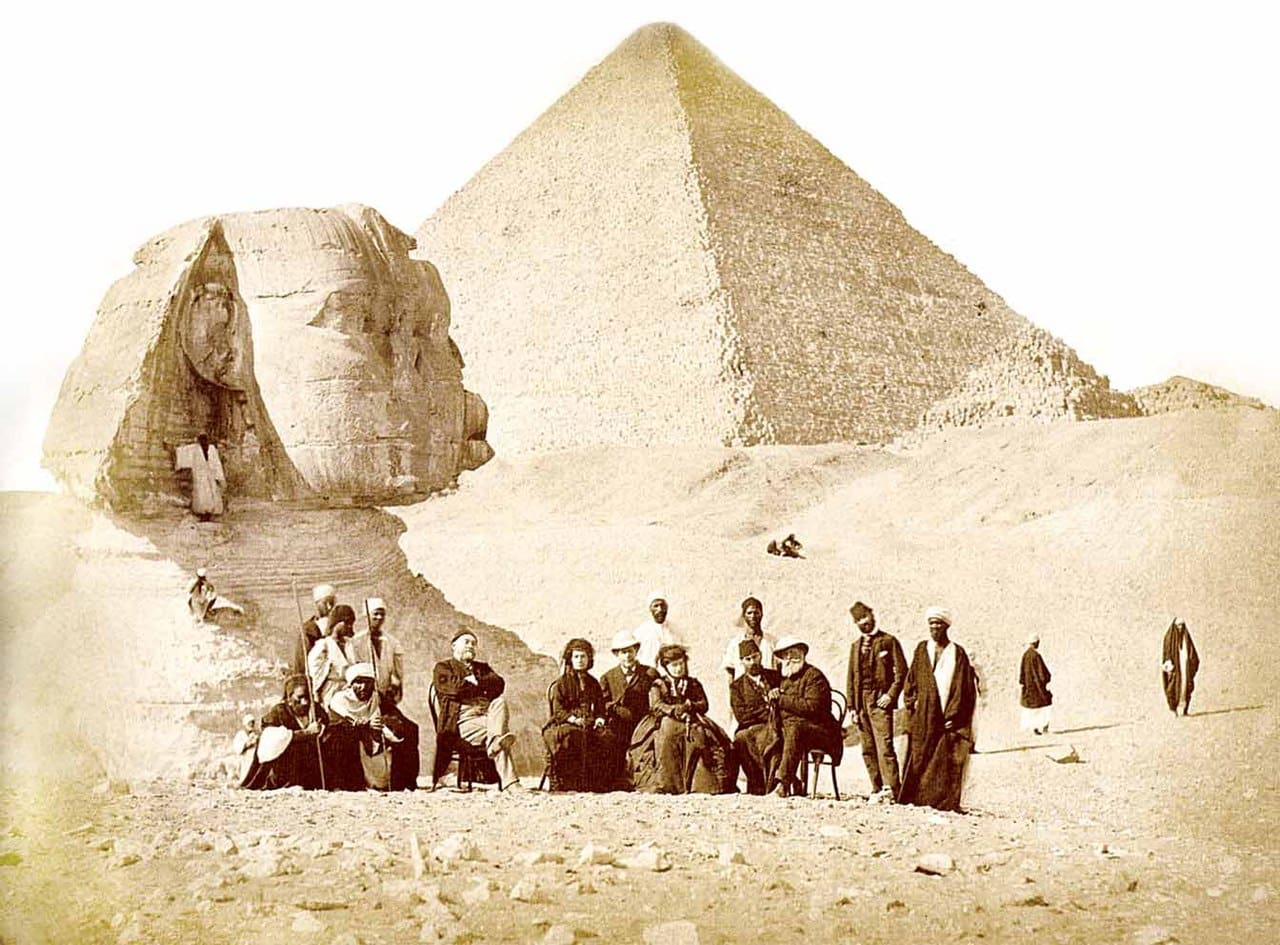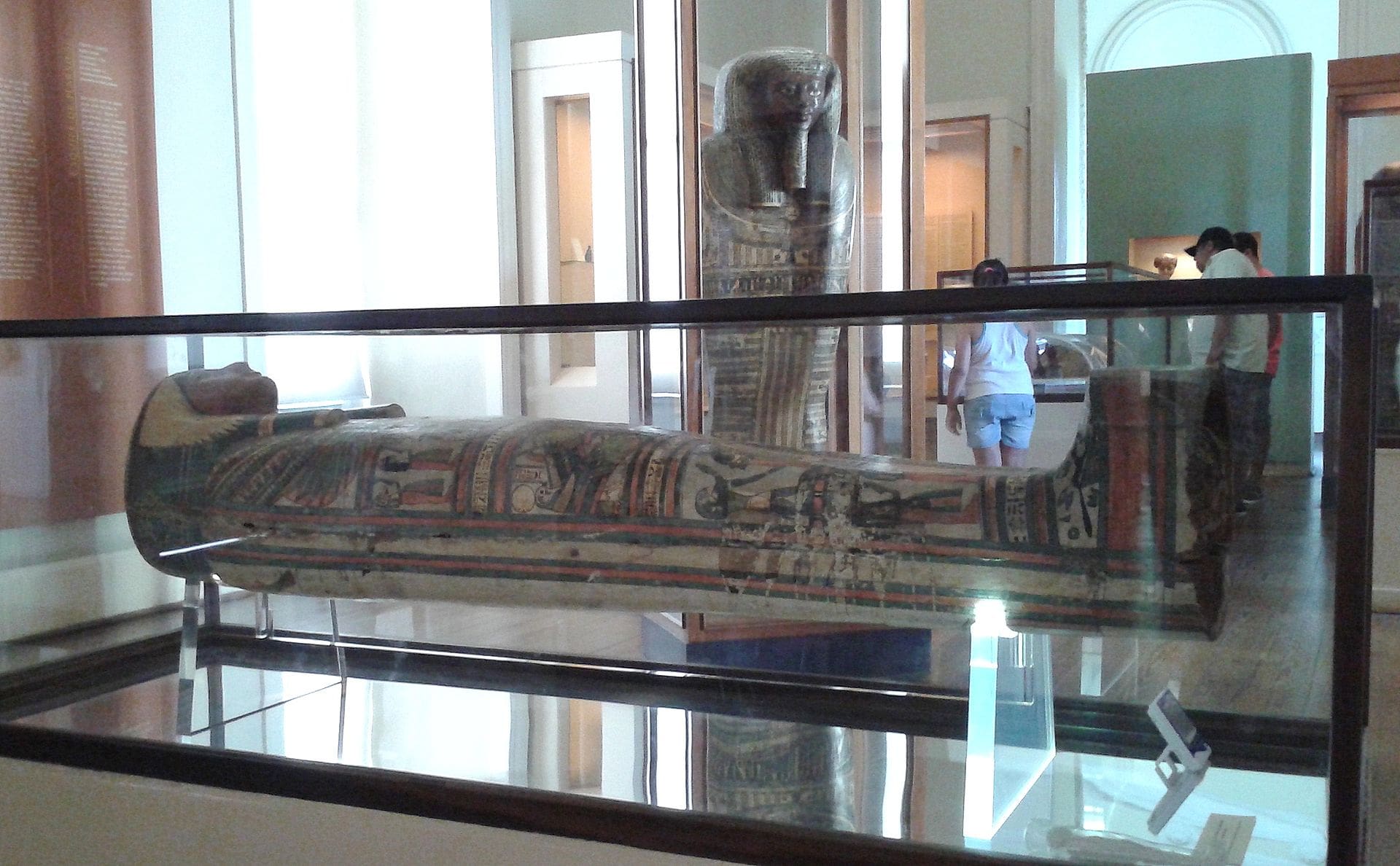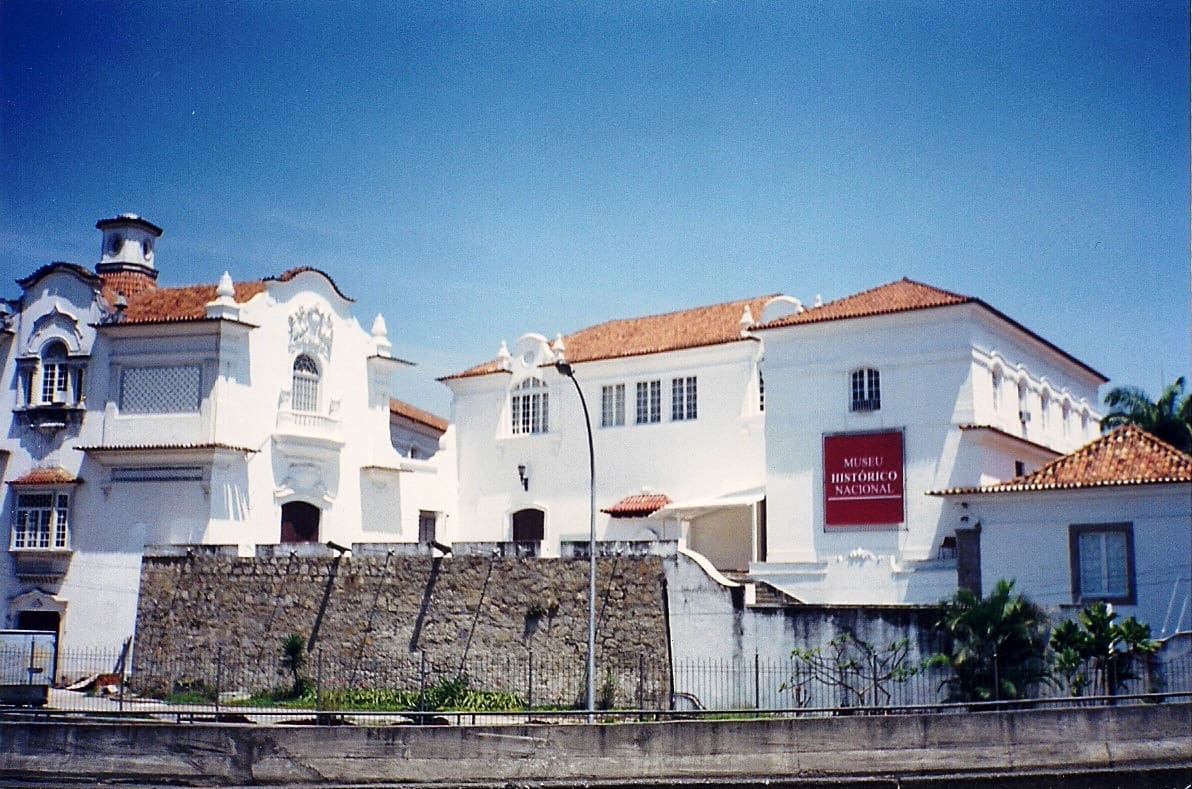The National Museum of Brazil & Egyptian Antiquities Rise from the Ashes
By Laura Ranieri Roy
I just got back from a wonderful vacation in Rio De Janeiro, Brazil. Although I was there to visit with friends, enjoy the gorgeous beaches and abundant flora and fauna (dance a little Samba too) – I had also hoped to visit the largest collection of Egyptian antiquities in South America.
Just north of Rio, there stood a historic 200-year old palace-museum with more than 700 Egyptian objects – many arrived in the early 19th century through gifts from Pasha Mohamed Ali – and acquired from the discoveries of the Great Belzoni. Mummies, coffins, shabtis, bronzes, statuary, stele and funerary pieces. A wondrous exhibit!
But alas – the museum is now gone.
On the night of September 2nd, 2018, a major fire struck the National Museum of Rio de Janeiro, located in the Palace at Quinta da Boa Vista, a building of great historical importance and the oldest scientific institution in Brazil. …
The fire, caused by an electrical short-circuit, consumed the former imperial palace which housed the 200-year-old museum in a park just north of Rio de Janeiro’s city centre.
Almost all the collections – 85% of its archive of 20 million artifacts– including priceless fossils – went up in flames. It was like “a lobotomy of the Brazilian memory,” said Marina Silva, a former environment minister.
Before the fire, the museum was home to this massive collection of important Egyptian artifacts – the best in Latin America. An impressive collection of items brought to Brazil by Dom Pedro I – the Portuguese prince regent who declared the then-colony’s independence from Portugal.
Egyptian and Greco-Roman artifacts, along with other important relics: “Luzia,” a 12,000-year-old skeleton and the oldest in the Americas, fossils, dinosaurs, and a meteorite found in 1784. Some pieces were thankfully stored in another building, but much of the collection is believed to have been destroyed. And yet… read on to find out more
About the Egypt Collection
In 1826, Nicolau Fiengo, an Italian merchant reached the coast of Brazil from Marseilles carrying in his cargo hundreds of Egyptian antiquities (excavated by Giovanni Belzoni, the famous giant from Padua Italy of “Younger Memnon” fame”.
The objects were purchases and gifts of Dom Pedro I, Brazil’s first Emperor, who donated them to what was then called the Royal Museum of Brazil. They make up the largest part of the collection. In 1876, Dom Pedro II traveled to Egypt and was also gifted the beautiful coffin of Sha-Amun-em-su. The extensive collection, which grew in later decades with acquisitions by other members of the royal family and private donors, was housed in the Museu Nacional (National Museum of Brazil) in Rio de Janeiro.
The 700 piece collection’s highlights include a large number of stelae with rare titles and names, a few historically significant statues, several beautiful and elaborate coffins, and hundreds of shabtis. Other objects from the collection not shown here include several mummies (both human and animal), papyri, bronzes, prehistoric lithics and ceramics, amulets, and a few Nubian objects.
The Mummy and Coffin of Sha-Amun-en-su
One of the highlights of the Brazil museum collection was the coffin and mummy of Sha-Amun-en-su, an Egyptian priestess and singer, lived in Thebes during the 8th century B.C. She served in the Temple of Karnak, dedicated to the god Amun, and belonged to the foremost group of priestly singers, known as Heset. These women performed sacred hymns and rituals, supporting the “God’s Wife of Amun” in temple ceremonies. Sha-Amun-en-su likely came from a wealthy, priestly family, though details of her biological family are unknown. She had an adopted daughter, Merset-Amun, also a singer of Amun’s shrine.
Upon her death around age 50, Sha-Amun-en-su was mummified and placed in a sealed sarcophagus made of stucco and polychrome wood. Her mummy remained undisturbed inside the sarcophagus for over 2700 years, preserving her body and the associated funerary artifacts. Notable features of her mummification included resin-coated bandages around her throat, highlighting the importance of her voice in the afterlife.
The sarcophagus, standing 1.58 meters tall, was richly decorated with a female face, a blue headdress, and various symbols and hieroglyphs depicting protection and religious themes.
Alas, the fire of September 2018 destroyed the sarcophagus and mummy of Sha-Amun-en-su, along with so many of the museum’s artifacts.
Despite the tragedy, efforts are ongoing to salvage and restore what remains, with hopes to eventually rebuild the museum and honor the legacy of artifacts like those of Sha-Amun-en-su.
Rising from the Ashes
Nearly six years later, the country’s national museum is rising again – like a phoenix from the fire. Museum staff and excavators have salvaged more treasures than they expected, and there are hopes that some of the collection can be brought back to life.
Archaeologist Pedro Luiz von Seehausen, wielding his trowel and using his archaeological training, is one of many experts excavating his own workplace. He is working hard to re-uncover ancient treasures that had already been uncovered by archaeologists in Egypt two centuries ago — buried again when their new Brazilian home went up in flames.
“Usually we have 52 stelae here, and we’ve found 500 pieces,” Pedro says. They have also recovered 200 shabtis (little servant statues to do the work in the afterlife).
“We have a moral obligation to collect the pieces, even if they are broken into a million pieces,” he says.
“It was an enormous tragedy but we need to look ahead and rebuild the institution. Brazil needs its national museum back,” said Alexander Kellner, the institution’s director.
With the help of donations from museums around the world, Brazil’s national museum is slated to reopen in April 2026. Efforts are now underway to rebuild the collection ahead of the planned reopening. Reconstruction works on St. Christopher’s Palace began in 2021. The restored facade and front courtyard were unveiled a year later, but work continues on the rest of the building.
Here is hoping for a successful resurrection of this beautiful museum – and a happy afterlife for many of these important Egyptian artifacts.
I so look forward to visiting this museum on a future return trip to this beautiful city!








